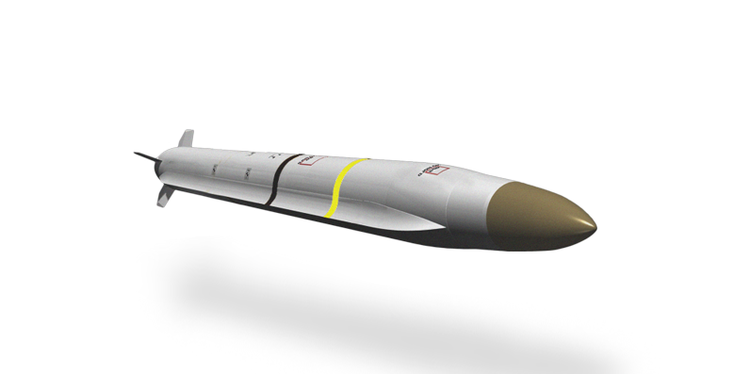In late June, NASA launched a new satellite, the Interface Region Imaging Spectrograph (IRIS), into space to investigate how the sun energizes its atmosphere. The IRIS has one main objective: find new information on the sun’s “little understood” lower atmosphere. According to NASA, the IRIS telescope will examine how solar material moves, gathers energy and heats up.
This voyage could prove vital to scientists in gaining an even greater understanding of how the sun works. The sun’s surface is at 10,000 degrees Fahrenheit when it first releases energy, which can then reach a heat of nearly 5 million degrees Fahrenheit. This change in temperature occurs between the surface and the corona, a plasma of sorts that surrounds the sun and stretches for millions of kilometers.
The IRIS will attempt to examine and explain this massive leap in temperature within this space and its effects on Earth. This region around the sun is responsible for ultraviolet emissions, which impact the Earth’s climate. The IRIS has already sent back its first images, which NASA says “opened a new window into the energetics of the sun’s atmosphere.”
“Understanding the interface between the photosphere and corona remains a fundamental challenge in solar and heliospheric science,” said NASA in its mission statement. “IRIS is designed to provide significant new information to increase our understanding of energy transport into the corona and solar wind and provide an archetype for all stellar atmospheres.”
The IRIS was launched into orbit from the Vandenberg Air Force Base near Lompoc, California, using an Orbital Sciences Corporation Pegasus XL rocket and deployed at an altitude of 39,000 feet. The IRIS mission is scheduled to last two years overall.







